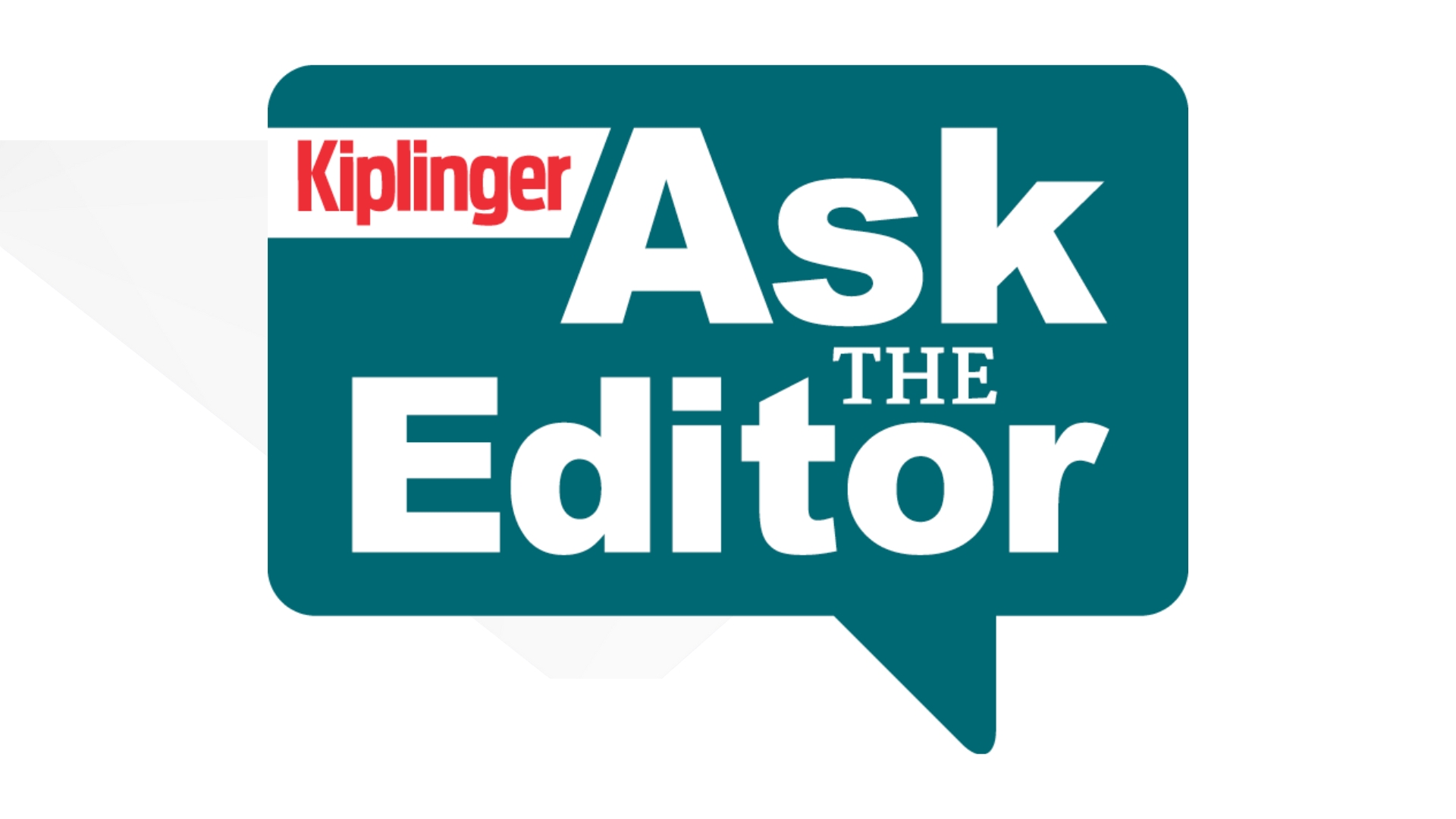Business Owners: How to Calculate Your Wealth Gap in Five Minutes
How much would you need from the sale of your business to retire without sacrificing your lifestyle? This simple calculation will give you an idea.


Editor’s note: This is the second article in a two-part series for business owners. The first article was The Most Important Number for a Business Owner Considering a Sale.
The “wealth gap” is the gap between your current assets and what you need to get from the sale of your business to maintain your current lifestyle. I would argue it’s your most important calculation as you consider selling your business.
Start with what you spend
I recently read an article about a couple in San Francisco living comfortably with a combined income of $200,000. The comment section is absolutely brutal. Anyone who shares their spending habits online is extremely brave. No matter the budget, someone will find a reason to tear your spending apart.

Sign up for Kiplinger’s Free E-Newsletters
Profit and prosper with the best of expert advice on investing, taxes, retirement, personal finance and more - straight to your e-mail.
Profit and prosper with the best of expert advice - straight to your e-mail.
The potential for such criticism can be a major stumbling block for those considering whether to hire a financial planner or anyone starting to figure out what they spend every month. I’m here to tell you it shouldn’t be. You should never be self-conscious about a budget that includes saving every month and is less than you earn. After you’ve hit your saving goals, the money is there to be spent.

At age 26, I earned my CERTIFIED FINANCIAL PLANNER™ certification. I also hold the IRS Enrolled Agent license, which allows for a unique approach to planning that can be beneficial to retirees and those selling their businesses, who are eager to minimize lifetime taxes and maximize income.
OK, now that we’ve addressed the elephant in the room, let’s talk about what you actually spend. There is more and more technology to help you do this, but I have yet to find anything more accurate than what we call the “two-year-statement drill.” Simply look at the total debits across two years of annual bank statements and divide that number by 24. There. You’re done! Yes, that number included a new HVAC system and a family vacation to Europe. But, guess what: You’ll spend that money on something else in the next two years.
Let’s say that number is $20,000 a month.
What you have
This one is simpler but requires clarification. When you talk about what you have, I mean invested assets. This should not include equity in your home or other illiquid assets that you don’t plan on selling.
For many business owners, the vast majority of what they have is tied up in the company. So, once again, this is not something you should be self-conscious about.
What you need
The amount you need, even knowing that you’ll spend $20,000 a month, can vary widely. It depends on:
- Your age. The older you are, the more you can withdraw.
- Risk tolerance. The more aggressive you’re willing to be, to a point, typically the more you can spend over your lifetime.
- Tax rates. This one is sort of obvious.
For the purposes of this article, I am going to meet in the middle for a lot of these numbers. We’re going to use Bill Bengen’s 4% withdrawal research to say you can pull out 4% a year. And we’re going to say, on average, you’re going to pay 30% in taxes on every dollar you pull out.
The wealth gap
Once again, this is basically the gap between what you have and what you need. It is what you need to realize from the sale of your business so that you don’t have to go back to work.
Let’s break it down:
- Monthly spending: $20,000
- Annual spending: $240,000
- Average tax rate: 30%
- Gross amount (pre-tax): $342,857
- Sustainable spending: 4%
- Total need: $8,571,429
- Current assets: $1 million
- Wealth gap: $7,571,429
- Ownership percentage: 80%
- Sale amount: $9,464,286
As you can see, the wealth gap is just over $7.5 million. However, it’s common for a business to have multiple partners, so we went one step further when calculating the sale amount.
Use this exercise as a starting point
This exercise is not enough for you to say, “Let’s do it!” It should give you enough information to figure out if you’re in range based on historical valuations you’ve received. This is what I would do if someone said, “You have five minutes with a prospective business owner client to tell them whether or not they are close to retirement.”
To run the actual calculations, which would include personal tax projections, other goals and other income streams, like Social Security, we rely on software. You can access a free version of the software we use online.
If you’re interested in speaking with one of our planners or our investment bank, you can schedule that here.
Related Content
Get Kiplinger Today newsletter — free
Profit and prosper with the best of Kiplinger's advice on investing, taxes, retirement, personal finance and much more. Delivered daily. Enter your email in the box and click Sign Me Up.

After graduating from the University of Delaware and Georgetown University, I pursued a career in financial planning. At age 26, I earned my CERTIFIED FINANCIAL PLANNER™ certification. I also hold the IRS Enrolled Agent license, which allows for a unique approach to planning that can be beneficial to retirees and those selling their businesses, who are eager to minimize lifetime taxes and maximize income.
-
 The New Space Age Takes Off
The New Space Age Takes OffThe Kiplinger Letter From fast broadband to SOS texting, space has never been more embedded in peoples’ lives. The future is even more exciting for rockets, satellites and emerging space tech.
By John Miley Published
-
 Ask the Editor: Four Reader Tax Questions
Ask the Editor: Four Reader Tax QuestionsAsk the Editor In our Ask the Editor series, Joy Taylor, The Kiplinger Tax Letter Editor, answers questions related to IRAs and other retirement accounts.
By Joy Taylor Published
-
 Could You Retire at 59½? Five Considerations
Could You Retire at 59½? Five ConsiderationsWhile some people think they should wait until they're 65 or older to retire, retiring at 59½ could be one of the best decisions for your quality of life.
By Joe F. Schmitz Jr., CFP®, ChFC® Published
-
 Home Insurance: How to Cut Costs Without Losing Coverage
Home Insurance: How to Cut Costs Without Losing CoverageNatural disasters are causing home insurance premiums to soar, but don't risk dropping your coverage completely when there are ways to keep costs down.
By Jared Elson, Investment Adviser Published
-
 Markets Roller Coaster: Resist the Urge to Make Big Changes
Markets Roller Coaster: Resist the Urge to Make Big ChangesYou could do more harm than good if you react emotionally to volatility. Instead, consider tax-loss harvesting, Roth conversions and how to plan for next time.
By Frank J. Legan Published
-
 Why Homeowners Insurance Has Gotten So Very Expensive
Why Homeowners Insurance Has Gotten So Very ExpensiveThe home insurance industry is seeing more frequent and bigger claims because of weather, wildfires and other natural disasters.
By Karl Susman, CPCU, LUTCF, CIC, CSFP, CFS, CPIA, AAI-M, PLCS Published
-
 Stock Market Today: Uncertainty Proliferates: Dow Loses 1,014 Points
Stock Market Today: Uncertainty Proliferates: Dow Loses 1,014 PointsWeaker-than-expected consumer inflation data wasn't enough to stabilize sentiment during another volatile day for financial markets.
By David Dittman Published
-
 Tariffs Are Paused: Here's What Retirees Should Stock up on Now
Tariffs Are Paused: Here's What Retirees Should Stock up on NowThe massive China tariff is still in place, but others have been paused for 90 days. That gives retirees a window to stock up on some goods.
By Maurie Backman Published
-
 Retired and Worried About a Recession? Six Ways to Prepare
Retired and Worried About a Recession? Six Ways to PrepareRetirees can plan for a near-term recession with a range of strategies, from small investment changes to significant lifestyle hacks.
By Maurie Backman Published
-
 Going Through Probate? How to Find the Right Attorney
Going Through Probate? How to Find the Right AttorneyJust having the skills and experience to do the job isn't enough. The probate attorney you hire needs to have the right temperament for your particular case.
By John R. Silva, Esq. Published